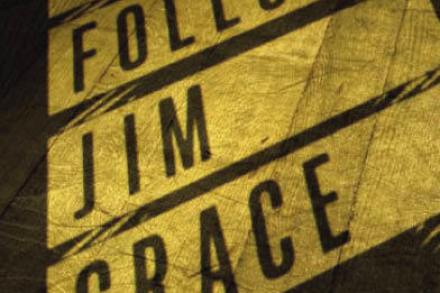The French connection
If ever there was a novel to which that old adage about not judging a book by its cover could be applied, it’s this one. If ever there was a novel to which that old adage about not judging a book by its cover could be applied, it’s this one. What you’d expect, picking up Lisa Hilton’s The House with Blue Shutters and seeing, on the front, a nondescript young woman contemplating a blue-shuttered house, is romantic fiction. Historical, claims the blurb. Indeed there’s both romance and history here in a novel that moves between German-occupied France of 1939 and today’s France of second homes and holiday gites. But overall


















